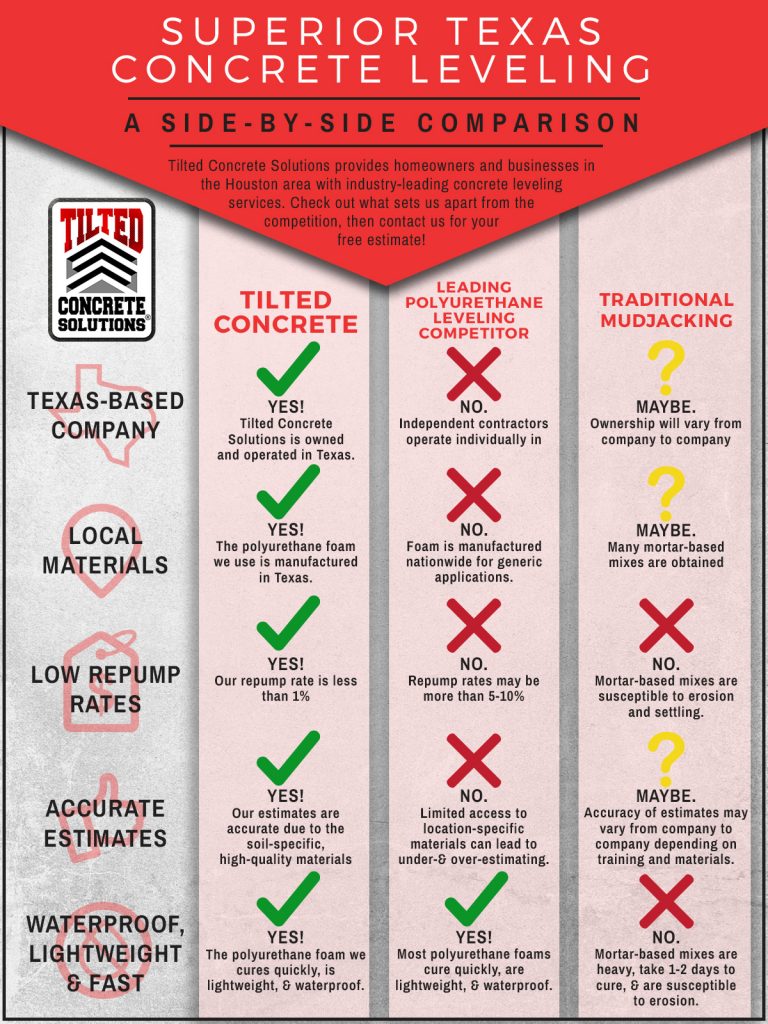Methodical Guide To Setting Up Your Wall Surfaces For Painting
Methodical Guide To Setting Up Your Wall Surfaces For Painting
Blog Article
Created By-Daugherty Gustavsen
When you're prepping your wall surfaces for paint, it's critical to follow a systematic process to make certain a remarkable surface. Start by taking a look at the wall surface for any kind of damage; this step can make or break your task. Once you have actually recognized any kind of concerns, cleaning up the surface area properly is crucial, as a filthy wall surface can influence paint adhesion. Afterwards, you'll need to patch any imperfections and use a primer. Yet there specify methods and tips that can raise your preparation game-- allow's discover those further to attain the best outcomes.
Assessing Wall Surface Problem
Prior to you grab your paintbrush, take a moment to analyze your walls' condition. Look for just click the following article of noticeable damage like splits, openings, or peeling off paint. These imperfections can impact just how the paint sticks and looks when it's completely dry. If you observe any kind of significant damages, you'll need to prioritize repair services prior to diving into painting.
Look closely at the texture of your walls. Is the surface smooth, or exists appearance that might need unique consideration? Smooth walls typically call for less preparation, while distinctive surface areas may need more time to paint evenly.
Likewise, consider the previous paint job. If the old paint is glossy, it mightn't allow brand-new paint to stick appropriately. You'll want to know if your walls have been repainted with oil-based or water-based paint, as this can affect your selection of primer or paint.
Ultimately, take note of any type of dampness issues. If you see indicators of water damage or mold and mildew, address these problems instantly to stop further issues.
Cleaning the Surface area
When you've assessed the problem of your walls, the next action is cleaning up the surface. Begin by collecting your products: a container, cozy water, a light detergent, a sponge or towel, and a scrub brush for harder places.
Begin on top edge of the wall and work your method down. Mix the cleaning agent with warm water in your pail, then dip the sponge or cloth into the solution. Wring it bent on stay clear of too much dampness on the wall surfaces.
As you cleanse, pay attention to locations that could've gathered dirt, oil, or fingerprints. For stubborn discolorations, utilize the scrub brush gently to prevent damaging the paint beneath. Wash exterior commercial painting or cloth frequently in tidy water to stop spreading out dirt around.
After cleaning, you could try here to clean the wall surfaces with a wet towel to eliminate any type of soap deposit. This step makes certain a smooth surface area for the new paint to adhere to.
Permit the walls to completely dry totally prior to carrying on to the following preparation actions. This detailed cleaning procedure will help develop a fresh canvas for your painting task, making sure the very best results.
Patching and Priming
Patching and priming are vital steps in preparing your walls for a fresh coat of paint. First, evaluate your walls for any type of holes, fractures, or blemishes. Make use of a high-grade spackling compound or patching paste to fill up these areas.
Use the substance with a putty blade, smoothing it out so it's flush with the bordering surface area. Allow it to completely dry completely, and after that sand it lightly till it's smooth and even.
When you have actually covered whatever, it's time to prime. Guide aids secure the covered areas, making certain the paint sticks effectively and provides an uniform surface. Choose a guide suitable for your wall type and the paint you'll be making use of.
Use the primer making use of a roller for larger locations and a brush for corners and edges. If your covered locations are dramatically large or permeable, you may wish to use a 2nd layer of primer after the initial one dries out.
After priming, allowed whatever dry completely before proceeding to paint. This preparation won't just improve the appearance of your walls but likewise extend the life of your paint work.
Take your time, and you'll be pleased with the outcomes.
Conclusion
By complying with these easy steps, you can accomplish a smooth and professional surface on your walls. Start by evaluating their problem, then clean and spot any type of blemishes prior to using guide. Remember to permit appropriate drying time and ensure everything is smooth prior to you study paint. With the right preparation, you'll establish the stage for a stunning makeover in your area. Currently, collect your materials, breathe in the fresh air, and prepare yourself to repaint!
